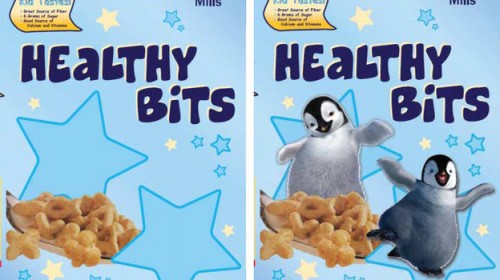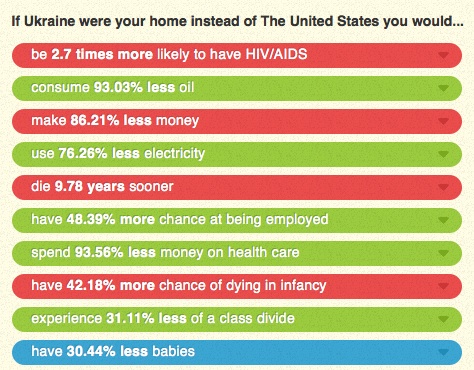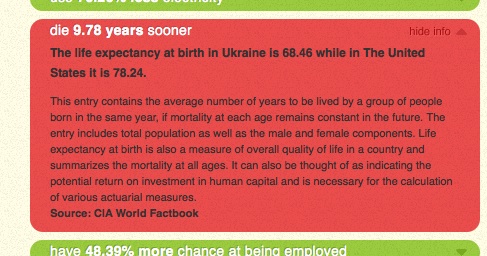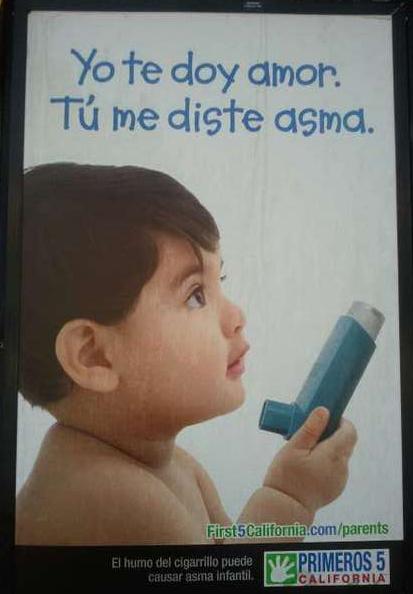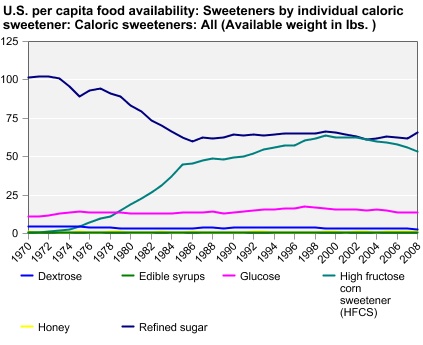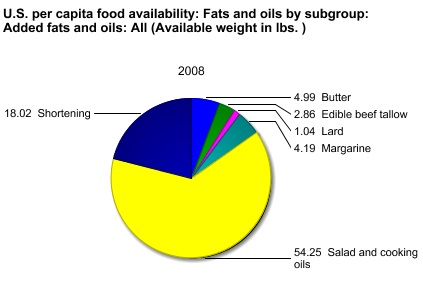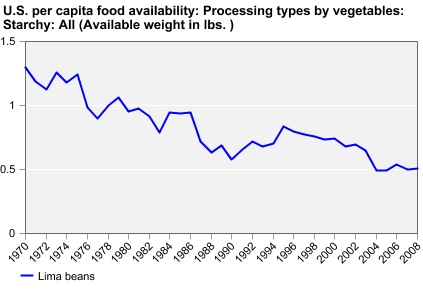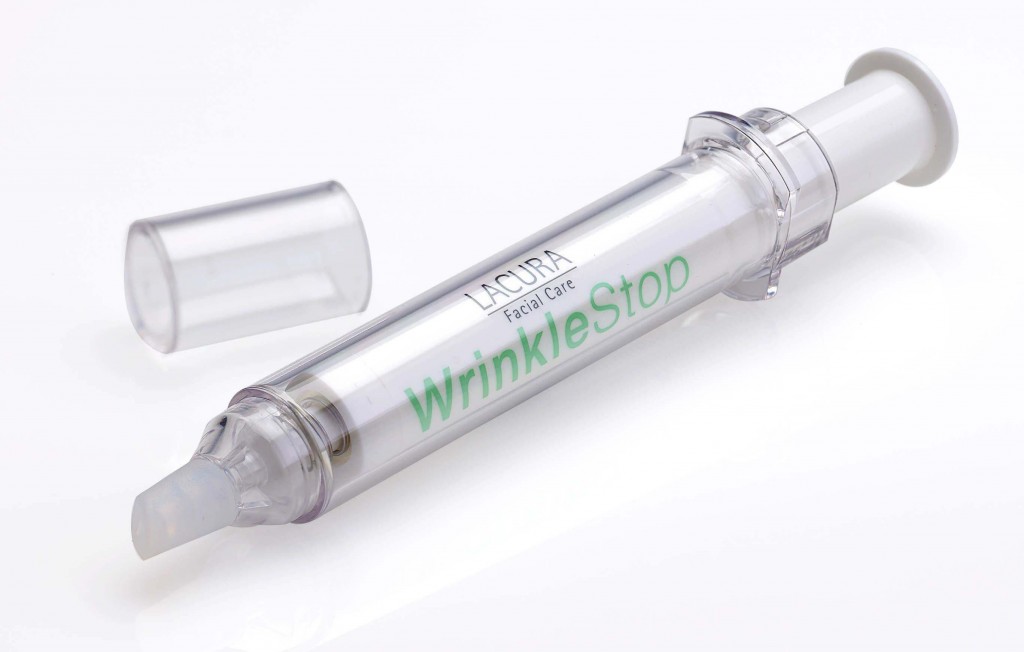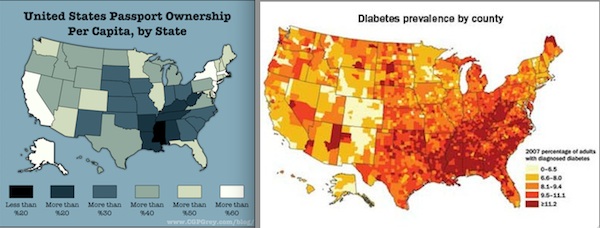Cross-posted at Montclair SocioBlog.
Sometimes public relations efforts are in such extraordinarily poor taste that it’s difficult to tell whether they’re real or a spoof.
In the 1950s, as the evidence on smoking was becoming undeniable, someone suggested that the cigarette companies were about to launch a new ad campaign: “Cancer is good for you.”
It was a joke, of course. But how about “A really bad recession is good for your marriage”? No joke. The National Marriage Project has released a report with a section claiming that the current economic crises has produced “two silver linings” for marriages. (Philip Cohen at Family Inequality eviscerates this report with the level of snark that it deserves.) A bad recession is good for crime too, or so says the title of James Q. Wilson’s article in last Sunday’s Wall Street Journal, “Hard Times, Fewer Crimes.”*
And now welcome Peabody Energy, the world’s largest private coal company, which spends millions each year lobbying against clean-air legislation. Last month, Peabody was the object of Coal Cares, a clever spoof Website.
 (click to enlarge; source: Wired)
(click to enlarge; source: Wired)
It was Peabody’s press release in response that makes them the clear winner of the Cancer-Is-Good-For-You competition.
The United Nations has linked life expectancy, educational attainment and income with per-capita electricity use, and the World Resources Institute found that for every tenfold increase in per-capita energy use, individuals live 10 years longer.
The spurious logic — the implied fallacy of composition and the attempt to fob off correlation as cause — is so obvious that it could easily be part of the Coal Cares spoof. But no, it was for real, at least while it lasted. Unfortunately, Peabody removed the document before we could award them the CIGFY trophy .
What the UN data actually show is not surprising: Richer countries produce more electricity. They also have better health, education, and income. The message Peabody wants us to get takes the global and misapplies it locally, and it reverses cause and effect: If you want to be long-lived, educated, and rich, live near a coal-driven power plant. Cancer, asthma, and heart disease are all good for you.
——————————
*I don’t know if Wilson also wrote that title. Unlike the post-hoc logic suggested by the title, Wilson does not argue that the recession caused the decrease. But he does imply that the recession did not exert any upward force on crime.

